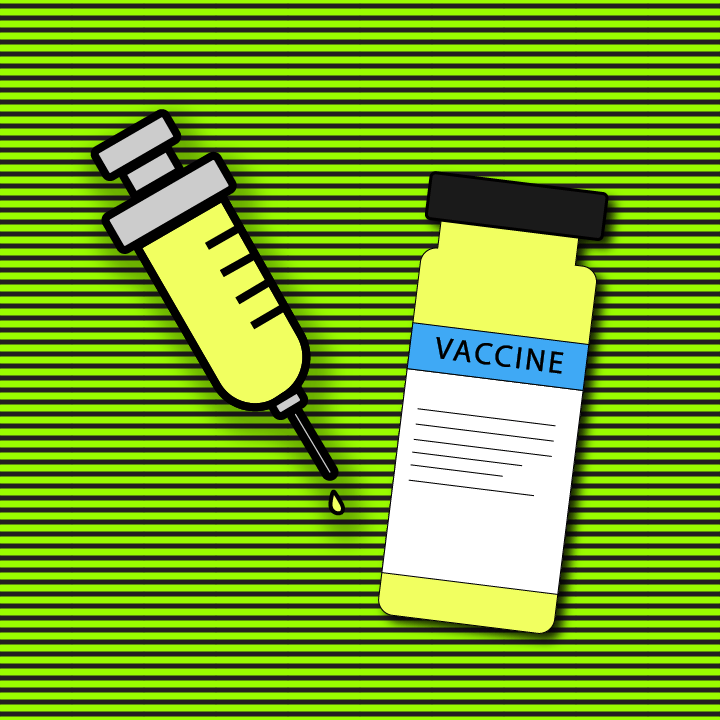Amidst the perseverance of the COVID-19 pandemic, the healthcare industry has taken a massive blow. There are intense staffing shortages in the field, and the public is suffering from these scarcities. The Washington Post gave a detailed report on these worsening staff deficiencies, more specifically in long term care facilities. Nursing homes tend to lessen […]

Nursing Home Staff Shortages
Leave a reply






